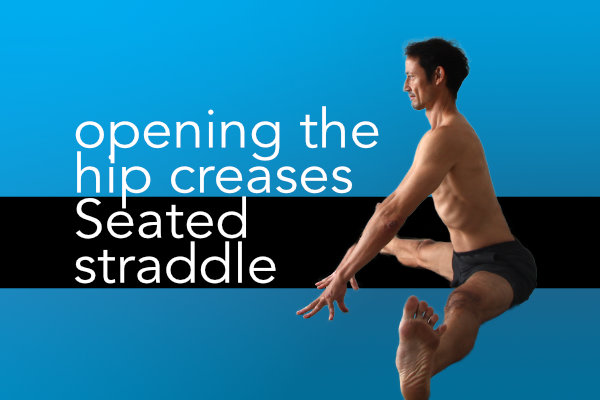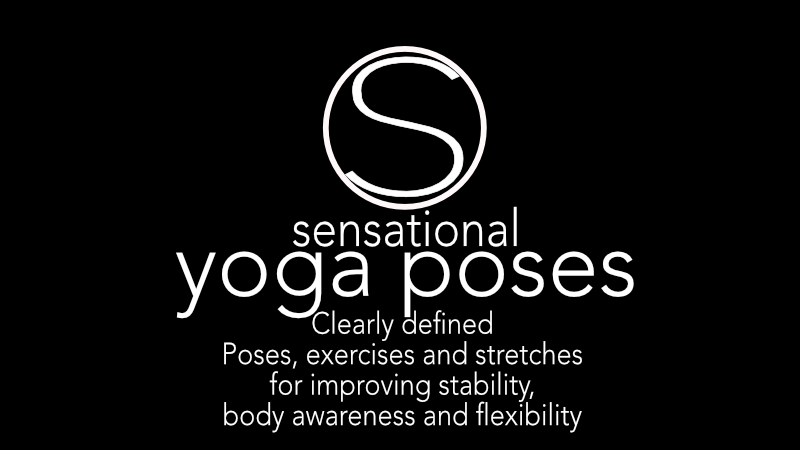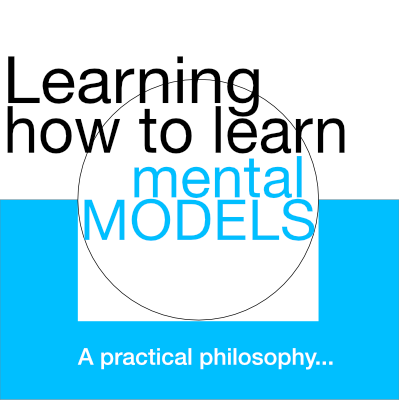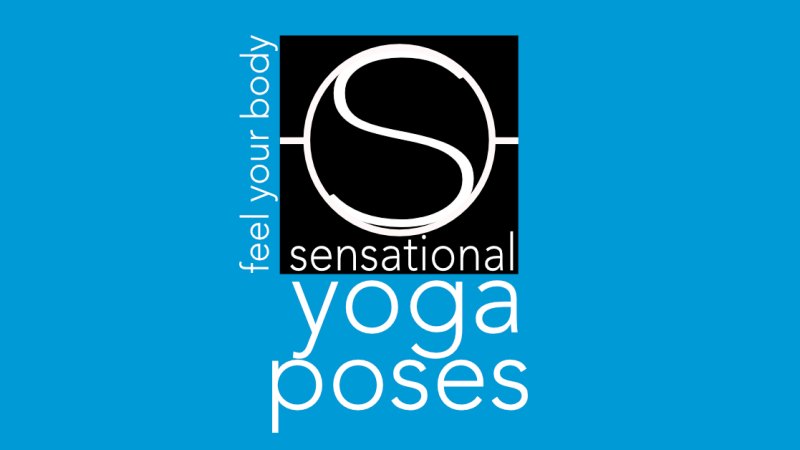I recently started working on seated straddle splits (or seated side splits) as a change from working on the side splits with hips lifted.
Doing the hips lifted side splits, I use a combination of gravity and muscle control (at the same time making adjustments to my muscle control efforts) to get deeper into this adductor stretching position.
Resisting gravity to gradually increase adductor flexibility and strength
Generally, when using gravity to drive the stretch I can use the muscles I'm stretching to resist the stretch so that I gradually go deeper. I think this is an important way to trick the brain (or rather, tell the brain) that the required muscle control to keep the body safe is present.
By repeatedly activating and relaxing the muscle in question, (and then while active or relaxed, lengthening the muscle in question), this tells the brain that those muscles can be used to stop the stretch if it goes too far.
Facing a wall and using the arms to help deepen the seated straddle splits
With seated straddle splits, I could do the pose facing a wall, using much the same technique. I could use my arms to help press my hips closer to the wall. But my challenge now is actually using the muscles that oppose the muscles being stretched, i.e. using the muscles that drive the action.
How you can use opposing muscles to drive a stretch
As an example of what it can mean to use opposing muscles to drive a stretch, if you activate the biceps and close the elbow joint, you can lengthen the triceps and if you go deep enough, stretch them.
Opening the hip creases may help to deepen the adductor stretch in seated straddle splits
Despite having touched down to the floor a couple of times doing the side splits with hips lifted (and while helping to support the weight of my body with my arms), my seated side splits, at rest is at about 90 degrees. Each leg is at about 45 degrees from the center line. There are some differences in the tilt of the pelvis, but even so, not too impressive.
Digging in my heels to gradually widen the stretch, what I found was that "opening" my hip creases, both one at a time and both at the same time, seems to be one way of effectively getting deeper into the stretch.
Note that in my classes, I'll warm up students for hips lifted side splits by having them practice opening their hip creases in bound angle pose.
Activating the knees in seated straddle splits
An additional action that seems to help is activating the knees.
So rather than activating a single sets of muscles, and making them feel strong, with making joints like the knee feel strong, the focus is the joint itself. Various muscles that act on the knee will activate to create the feeling of strong knees.
Working on hips and knees in side splits
Warming up to hips lifted side splits with half splits, I'll have them practice opening the hip crease with torso upright, and then with hands or elbows on the floor while working their way deeper. Having done that once, we'll then repeat the process but adding knee activations.
From there, both actions can be applied focusing on one leg at a time or both legs (activating one, keeping the activation and then activating the other) with both legs straight.
Why it can be better to focus on one leg at a time when working towards side splits or seated side splits
Note that one reason I suggest focusing on one leg at a time, and then when doing both legs, to stagger the activation between sides is so that adjustments can be made to fine tune the feel of the muscle activation. Adjustment is generally much easier to do if you focus on one thing at a time.
Opening one hip crease at a time in seated straddle splits
With seated side splits, what I found was that opening the hip crease was quite an effective way of activating the glutes and getting deeper into the pose.
For myself I find that opening the hip crease tends to cause my pelvis to tilt forwards. If I do one side at a time then it causes the pelvis to turn away from the active side. (I can then add knee activation if I choose.)
Making the spine feel long in seated straddle splits
One other action that I focus on is making my spine feel long.
This can be a general action you can use in any pose, whether focusing on stretching, or strengthening or simply feeling your body.
A simple way to stabilize your intervertebral joints
Making the spine feel long (so that you can actually feel your spine while it is long) is a simple way to activate muscles that act on your spinal vertebrae. The muscles act in a way to lengthen the spine, in the process adding tension to connective tissue elements. While the feeling of the spinal erectors activating might not be strong, the feeling of stretch is, and so what may be happening is the smaller intervertebral muscles are activating.
How sensation is generated when you lengthen your spine
These muscles activations tend to be harder to feel directly and so what we can perceive instead is the connective tissue lengthening that activation of these muscles causes. The connective tissue may be tendons, ligaments, investing facia, and possibly even joint capsules.
How lengthening your spine can positively affect your SI joints.
As a side note, if when making your spine feel long you also focus on feeling your sacrum, then this can have an affect on the SI joints, particularly if you "fine-tune" your activation by making slight adjustments to the way you lengthen your spine.
About the hip crease (it's formed by the inguinal ligament)
Note, with regards to the hip crease, this is the line that separates the belly from the thigh. The hip crease is actually caused by the underlying inguinal ligament that connects from each ASIC or point of the hip crest to the pubic bone.
Muscles that pass under the inguinal ligament (in the process, folding around the front lip of the hip bone) include the psoas and iliacus.
Muscles whose fibers make up the inguinal ligament include the transverse abdominis and external obliques as well as rectus abdominis.
Muscles that attach at the ASIC and pubic bone include the tensor fascia latae, sartorius, gluteus minimus, pecteneus, gracilis, adductor brevis, adductor longus (and more).
Which muscles are stretched when you open the hip creases
As to what causes the feeling of opening when the hip crease is opened? I'll suggest here that it may actually be gracillis and sartorius. One or the other or both depending on pelvic tilt. Other muscles may also be stretched.
Note that it is the stretching of muscles that that attach to the hip bone at or near the hip crease that help to generate the sensation of "opening the hip crease".
While I can't say for certain which muscles are being stretched (or are causing the stretching sensation) the sensation is noticeable and useful, particularly when combined with noticing the gluteus maximus activating.
What are the key muscles for opening and closing the hip crease
Note that because the gluteus maximus is a key muscle for opening the hip crease, a key muscle that may help in actively closing the hip crease is the adductor magnus long head.
You can read more about that in this article: adductor magnus (despite not having the term "long head" in the title, it is mainly about the adductor magnus long head) and this one: adductor magnus long head.
Note that both sets of muscles, adductor magnus long head and gluteus maximus may be active whether opening or closing the hip creases, particularly when holding or maintaining either action.
While adductor magnus and the gluteus maximus are the key muscles, other hip and leg muscles will be involved.
In combination with feeling the gluteus maximus activating, opening the hip creases, can be a simple and effective method for controlling the hip joint in general and for working deeper into seated straddle splits.
A quick review of working deeper into straddle splits
Sitting upright in straddle splits you can use your heels to gradually pull your legs wider.
Focusing on one leg at a time, practicing opening the hip crease while at the same time feeling your gluteus maximus activating. Your pelvis may tilt forwards as you do so. In addition, you may find that this action causes your pelvis to turn to the opposite side. So if opening the left hip crease, your hips will turn right.
Even when working on both sides, you may find it easier to activate one side first and then the other.
Once you've practice hip crease opening, you can try adding knee activation.
Try opening the hip crease and then activating the same side knee. Also try activating the knee first and then opening the hip crease.
(Use whichever feels best or most helpful).
One additional action is to lengthen your spine (including your sacrum.)
Try this either before or after opening your hip creases.
For more on learning to feel and control your hip crease, both opening and closing, check out the Hip crease, butt and inner thighs course.
Published: 2020 11 03



